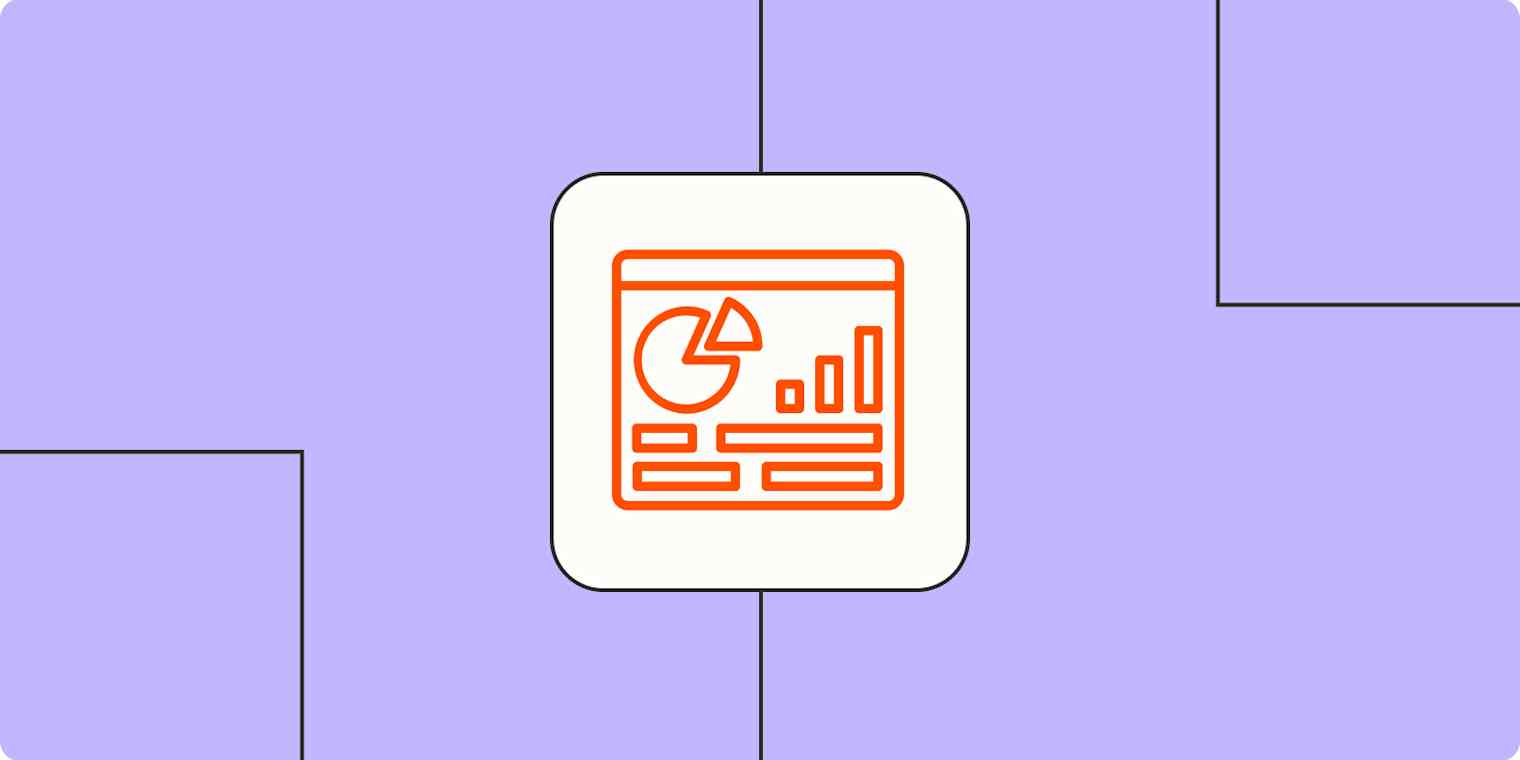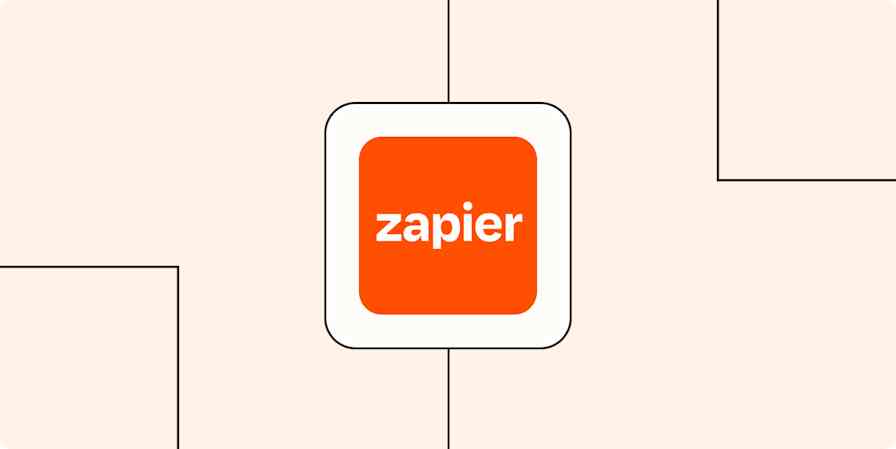I hosted board game night last weekend, and the first game we played was Clue. Once the game ended—and because I'm a blast at parties—I couldn't help but tell my friends about how I noticed the connection between Clue and B2B sales and marketing.
"Are we playing board games or brainstorming a LinkedIn post?" my friend Chad said. I think he was mad he lost.
But think about it: Mrs. Peacock in the library with the candlestick was only revealed after methodically gathering evidence and eliminating possibilities. Most sales and marketing teams are out here playing detective, trying to solve the mystery of who's actually ready to buy. Without the right clues, we're just aimlessly checking rooms and weapons, wasting time on prospects who have zero interest while completely missing the ones who are actually in-market.
What if, like a seasoned Clue player, we could connect the dots and focus on the prospects who actually matter? In this guide, I'll break down what intent data is, the different types you should know about, and how to use it to enhance your B2B sales and marketing efforts—and maybe up your Clue game.
Table of contents:
What is intent data?
Intent data is market intelligence gathered from online behavior that helps predict which potential customers are actively researching a purchase.
Think of it as a detective's notepad filled with clues: the articles people read, the webinars they attend, the comparison pages they visit, and the questions they ask in forums.
Websites, ad networks, and third-party providers collect this data through cookies, IP tracking, and engagement signals like content downloads or repeat visits. Each action provides evidence about a prospect's needs, challenges, and how close they are to making a buying decision.
The real power of B2B intent data lies in its ability to separate serious buyers from casual browsers. It's like having the secret passages in Clue—moving directly to where the action is while others waste time checking empty rooms.
3 types of intent data

To build a successful intent-driven strategy, it's important to understand the three types of intent data—first-party, second-party, and third-party—and how each plays a role in identifying buyer interest. Each type comes from different sources and offers unique insights, from direct interactions on your own site to broader industry-wide signals. Knowing how to use them effectively can help you target the right prospects at the right time.
First-party data
First-party data is the gold standard—it's data extracted directly from your own digital properties and customer interactions. Unlike bad data, which can mislead your marketing efforts, first-party data is high-quality and specific to your business—and you own it completely.
Sources include:
Website analytics and visitor behavior
Email engagement metrics
Form submissions and downloads
Product usage data
Customer support interactions
Survey responses and feedback
How to track it: Your marketing automation platform and CRM are the primary tools for capturing first-party intent signals. For website behavior, tools like Google Analytics, Hotjar, or Crazy Egg, and other session replay tools can show you how visitors engage with your site.
These tools often use cookies and tracking scripts to monitor user actions on your site, such as page views, clicks, and scrolling behavior. For social media engagement, platforms like Facebook Insights, TikTok Analytics for Business, or LinkedIn Analytics offer insights on how users interact with your content. Email engagement is tracked within your email marketing platform (like Mailchimp or HubSpot) through metrics like open rates, click-through rates, and conversions.
Implementing progressive profiling in your forms can significantly improve the quality of your first-party data. Instead of asking for everything upfront, gather additional information incrementally as prospects engage more deeply with your content. It allows you to collect richer data over time without overwhelming users upfront.
Where to store it: First-party data is often spread across multiple platforms—your CRM, Google Search Console, Google Analytics, your business intelligence platform, session replay tools, and other reporting dashboards. Many CRMs integrate with these tools, allowing teams to centralize insights for sales, marketing, and customer success alignment. If your data lives in different systems, automation tools like Zapier can help sync insights across platforms.
Example: Let's say you're a company selling project management software. You can track which feature pages people are looking at, how long they spend on the pricing page, and which help articles they read. This tells you what they're most interested in so you can personalize your follow-up.
Second-party data
Second-party data is essentially someone else's first-party data that they've agreed to share with you. It's a great way to expand your view of prospect behavior beyond your own properties.
Sources include:
Partner websites and platforms
Industry associations and events
Review sites like G2 and Capterra
Publishing partners
How to track or access it: This typically requires formal data-sharing agreements with partners. Many B2B review sites also offer intent programs that notify you when prospects are researching solutions in your category. Some ad networks and data co-ops also facilitate second-party data sharing, enabling businesses to leverage insights from strategic partners.
Where to store it: Like first-party data, second-party intent signals should be integrated into your CRM and lead scoring system. This ensures that all customer data, regardless of its source, is centralized for easy access and analysis. But depending on the source, businesses may also manage second-party data in:
Customer data platforms (CDPs) to unify insights from multiple sources
Data management platforms (DMPs) to enrich audience segmentation
Account-based marketing (ABM) platforms that leverage second-party signals for targeted outreach
Example: Say you partner with an industry group that hosts webinars. If someone from a company you're targeting attends a webinar on a topic related to your product, that's a strong buying signal—giving your sales team a timely reason to engage.
Third-party data
Third-party data is aggregated information collected from various sources across the web. It gives you visibility into prospect behavior outside your own ecosystem.
Sources include:
B2B publisher networks
Social media platforms
Technology install data
IP-based company identification
Competitive research activities
Types of third-party intent data:
Topic intent data: Shows which companies are consuming content on specific topics related to your solution
Technographic data: Reveals which technologies companies are using or researching
Firmographic data: Provides company details like size, industry, and growth trajectory
How to track or access it: Third-party intent data typically comes from specialized providers like Bombora, ZoomInfo, or 6sense. These platforms monitor content consumption across thousands of B2B websites and can alert you when target accounts show increased interest in relevant topics. Tools like Clay and Apollo.io can also be used to enrich your data with third-party insights.
Where to store it: To be actionable, third-party B2B buyer intent data should be integrated with your CRM and marketing automation systems.
Example: Let's say a company on your target list has been reading a lot of content about project management software on various B2B publisher sites. They haven’t visited your website yet—but with this third-party signal, you can get ahead of the curve and start warming them up with personalized outreach.

How to use intent data for B2B sales, marketing, and customer success
Before diving into how to use intent data, let's talk about where to store it. To get real value from intent signals, you need a centralized system where teams can easily access and act on them. In most cases, that's a CRM, but you can also use a customer data platform or a database tool like Zapier Tables. If your data comes from multiple sources, automation tools can help sync everything seamlessly.
Now, let's look at how intent data can impact sales, marketing, and customer success.
Lead prioritization and qualification

Like a detective who needs to decide which leads to follow first, sales intent data helps your team focus on the most promising opportunities.
Incorporating predictive intent data into your lead scoring model helps you identify high-potential leads before they officially raise their hand. This lead management strategy gives your sales team a head start to prioritize their outreach and spend more time on prospects who are likely to convert.
Tip: Develop a lead scoring model that adjusts in real time based on intent signals and integrate scoring into your CRM to automate lead assignment. Regularly refine thresholds based on conversion trends.
Personalized sales outreach
The difference between a generic sales pitch and a highly targeted one can be dramatic. Intent data provides insights into a prospect's specific interests, allowing your sales team to tailor messaging accordingly.
For example, if a prospect has been researching a particular feature of your solution—such as automation capabilities—your sales team can personalize their outreach to focus on how your platform automates workflows rather than giving a high-level company overview. This makes engagement more relevant and compelling.
Tip: Equip your sales team with content libraries aligned to common intent signals. Tools like Seismic, Highspot, or Showpad can help reps quickly access relevant case studies, white papers, or demo videos based on a prospect's research behavior.
Account-based marketing (ABM) enhancement
Marketing intent data helps you identify which target accounts are in-market and what specific topics they're researching. This allows you to focus resources on the right companies and tailor campaigns accordingly—like homing in on Colonel Mustard after spotting him hanging out near the conservatory.
Tip: Use platforms like Demandbase, 6sense, or Terminus to map out the buying committee within target accounts. Identify key decision-makers and customize ABM campaigns based on their specific interests.
Content personalization
You can use intent data in content marketing to craft highly targeted campaigns that address customer pain points at the right time. This can include:
Website personalization, like changing homepage messaging based on a visitor's previous interactions
Email marketing campaigns, such as delivering content tailored to a user's research behavior
Ad targeting, like serving display ads featuring topics a prospect has recently engaged with
Tip: Implement content personalization tools like Mutiny, Optimizely, or HubSpot smart content to adapt messaging. A/B test different personalization strategies to optimize engagement.
Content strategy development
Beyond personalization, intent data informs what content you should create. Analyzing trending topics and keywords that resonate with high-intent prospects allows you to refine your content strategy to focus on themes that drive engagement and conversions. You can also use intent signals to create more effective lead management workflows that respond to prospect behavior in real time.
Tip: Use keyword research tools like Ahrefs, Semrush, or Google Keyword Planner to identify emerging topics. Build content clusters around high-intent themes to boost SEO and audience engagement.
Campaign targeting and optimization
Intent data improves marketing efficiency by ensuring your campaigns target the right accounts at the right time. With this data, you can:
Optimize ad spend by focusing on high-intent users.
Create dynamic email workflows that respond to real-time signals.
Enhance remarketing efforts by serving ads to prospects actively evaluating your category.
Tip: Use LinkedIn Matched Audiences, Google Ads Customer Match, or Facebook Lookalike Audiences to expand your reach by targeting users with intent signals similar to high-value prospects.
Potential churn identification
Intent data isn't just valuable for acquiring new customers—it can also help you retain existing ones. If customers begin researching competitors or show a drop in engagement, it could signal dissatisfaction or a risk of churn.
Tip: Set up automated alerts for customer accounts showing signs of decreased engagement or negative intent signals. Trigger proactive outreach from your customer success team to address potential issues before they lead to cancellation.
Upselling and cross-selling opportunities
Just as intent data can signal when a prospect is ready to buy, it can also indicate when an existing customer might be interested in additional products or services. Tracking what topics your customers are researching helps you identify cross-selling or upselling opportunities.
Tip: Use customer intent data to surface upsell and cross-sell signals in your CRM. Create targeted offers and promotions that align with their interests and timing.
Proactive customer support
By understanding what customers are searching for, you can anticipate their needs and provide support before they even ask. This improves the customer experience and reduces the burden on your support team.
For example, if data shows a spike in searches related to a complex feature, proactively sending tutorials or hosting a webinar could prevent frustration and reduce inbound support requests.
Tip: Use analytics tools like Fullstory, Hotjar, or Zendesk Explore to monitor user behavior and identify common pain points. Automate proactive support responses via chatbots or knowledge base updates.
AI and intent data
AI can analyze vast amounts of intent data to identify patterns and predict which prospects are most likely to convert. It helps optimize lead scoring models, surface real-time insights, and recommend the next best actions for sales, marketing, and customer success teams.
AI tools enhance intent data utilization in several ways:
AI-powered CRM and sales software: AI-forward platforms like Zoho, HubSpot, and Salesforce prioritize leads based on intent signals, analyzing behaviors like website visits and email interactions to recommend outreach strategies.
AI for marketing and advertising: Tools within Google Ads and Meta can adjust targeting, bidding, and ad creatives using real-time intent data.
AI chatbots and conversational AI: Apps like Intercom analyze visitor behavior to trigger personalized recommendations or schedule sales calls.
Predictive analytics and sales insights: Platforms like Gong and People.ai track customer interactions across emails and calls to uncover buying intent trends.
Integrating AI across your sales and marketing tech stack ensures more precise targeting and efficient customer engagement, taking the guesswork out of lead prioritization.

Intent data benefits and challenges
By now, we've covered the biggest perks of intent data in detail. But if you just need the TL;DR version, here's a rapid-fire recap:
Sharper targeting and prioritization: Stop guessing and focus on leads that actually matter.
Better personalization: Speak to what prospects care about right now.
Faster sales cycles: Reach buyers when they're ready to act.
Proactive customer retention: Spot churn risks early and step in before it's too late.
Smarter go-to-market moves: Use real-time insights to stay ahead of market shifts.
Intent data does wonders for sales and marketing, but it's not without its challenges. Here are a few:
Messy or misleading data: Not all intent signals are accurate, especially third-party data. Structured data (clear, categorized insights) is more reliable than unstructured data (random interactions that may or may not indicate intent).
Privacy and compliance headaches: GDPR, CCPA, and other regulations require careful handling, so you need to make sure your data use is ethical and legally sound.
Integration struggles: If intent data lives in a silo, it's just noise. It needs to flow into your CRM, ad platforms, and automation tools to be useful.
Lack of context: Just because someone reads a blog post doesn't mean they're ready to buy. Intent signals need to be weighed carefully.
Measuring ROI isn't simple: Tracking the direct impact of intent data can be tricky since conversions rarely come from a single action.
While intent data doesn't automatically reveal "who, what, and where" of every deal, understanding its nuances helps maximize its value while avoiding common pitfalls.
Unlock better intent data with automation
Just like a seasoned Clue player meticulously tracks every revealed card and eliminates each possibility to solve the mystery, B2B success hinges on linking your intent data to actionable sales and marketing strategies. Intent data provides the critical behavioral breadcrumbs, revealing which prospects are truly ready to buy.
But simply gathering these clues isn't enough—you need to connect them to your systems (like your CRM, sales tools, or marketing automation platforms) to unlock their full potential.
Zapier's AI orchestration platform can help you streamline the flow of intent data into your CRM and trigger the right actions at the right time. For example, you can set up automated systems or build an AI agent that:
Alert sales reps when high-value accounts show defined intent signals
Add data relating to specified intent signals to your lead scoring models in real time
Trigger personalized email sequences when user profiles are updated with specific intent signals
Update account records with the latest intent data
Create tasks for follow-up when specific thresholds are reached
In the end, it's about seeing what others overlook. Using intent data to light the path to high-intent buyers and leveraging automation to act on those insights with precision and speed can help you solve the mystery of B2B success.
Related reading:










